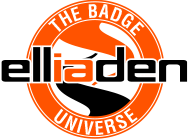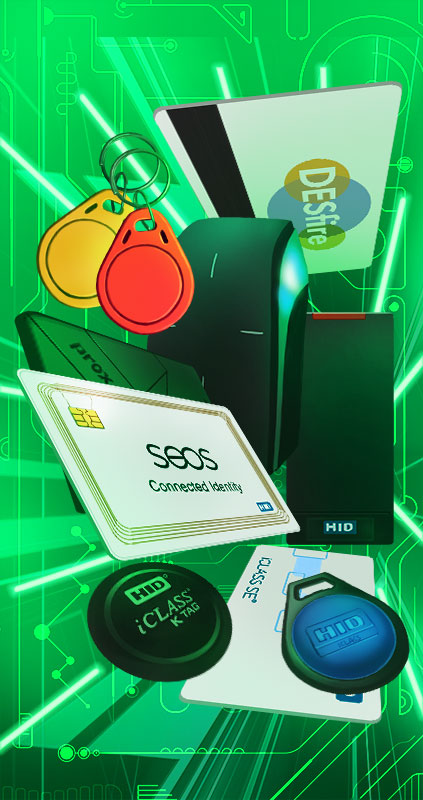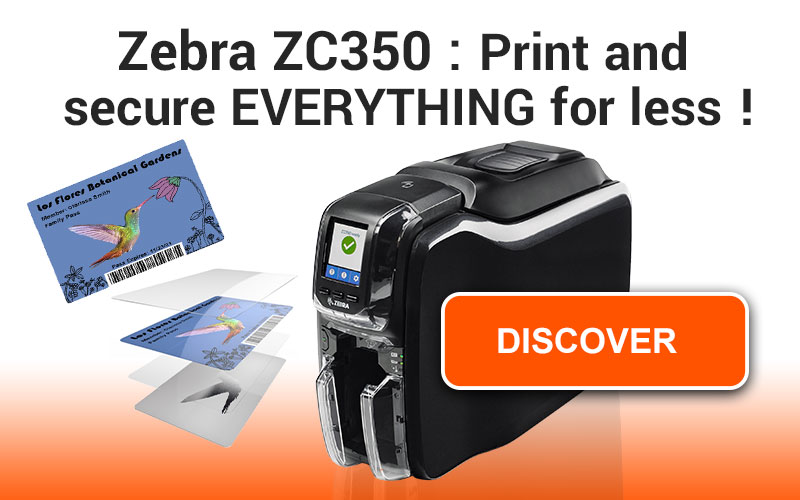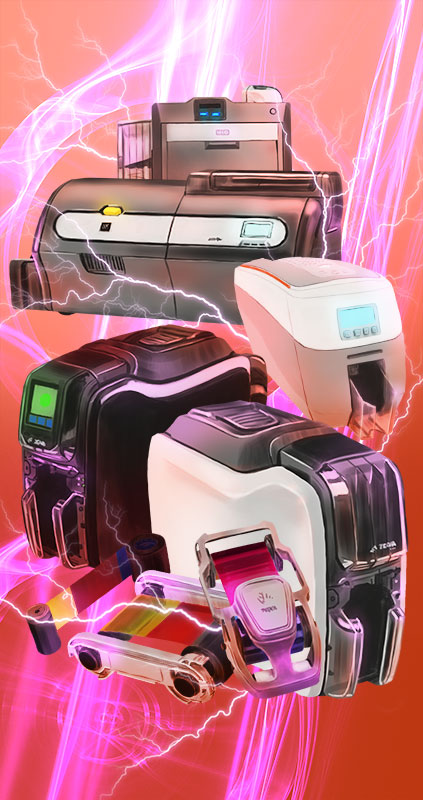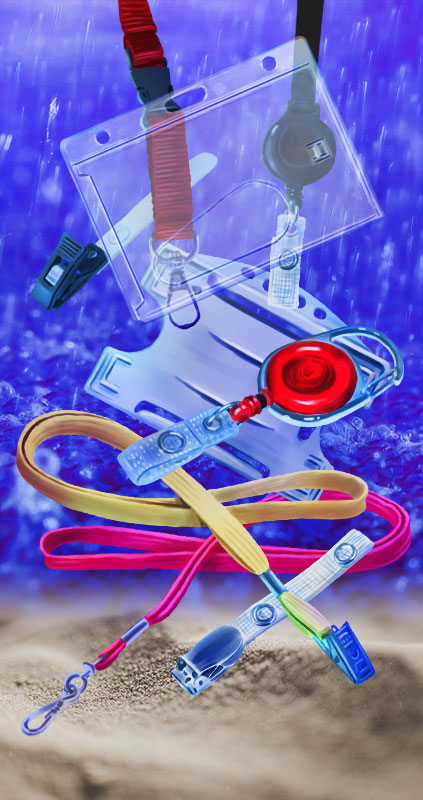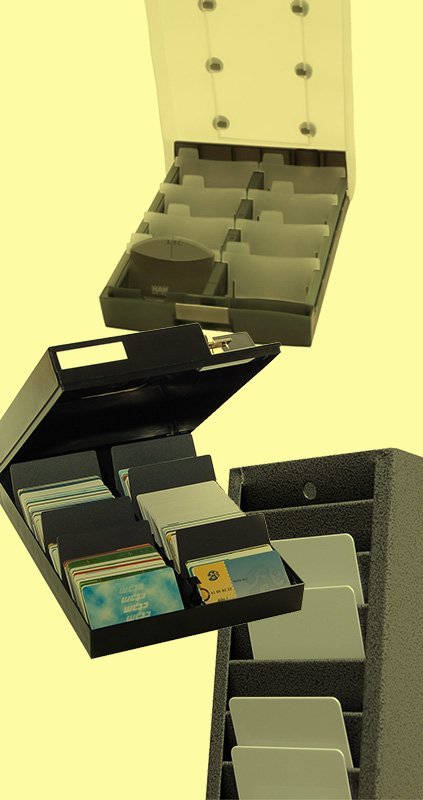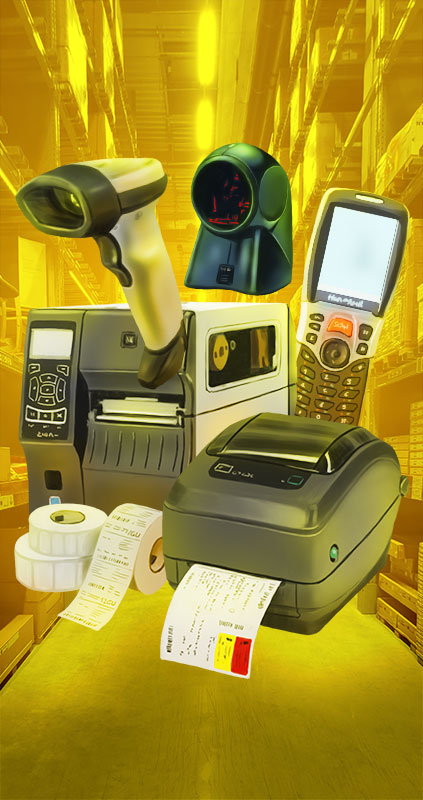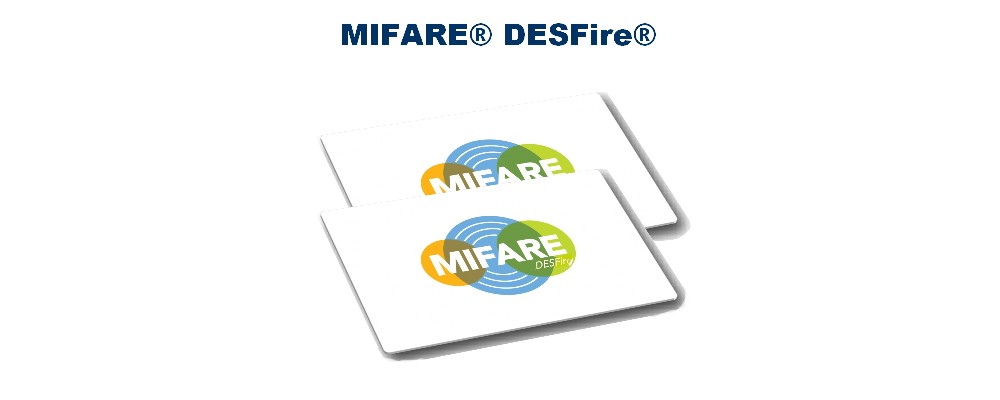Access control is one of the pillars of corporate security. The term covers a range of technical solutions aimed at securing and managing access to buildings or entire sites. Among these solutions, access control using RFID badges is one of the most widespread due to its efficiency and simplicity. The access badge industry is vast and includes many different models, but one technology stands out from the rest: MIFARE technology.
Elliaden offers you a complete dossier on RFID access badges and particularly on the characteristics and uses of MIFARE technology.

Origin and development of RFID badges
Before going into the world of access badges and MIFARE technology in detail, let's take a quick diversions into the founding technology of modern access control: RFID.
RFID
RFID(radio frequency identification) is an automatic identification system using radio waves. The system works by means of radio tags consisting of an antenna and a microchip. Radio tags - also known as RFID tags or RFID transponders - are used to store and then transmit data remotely.
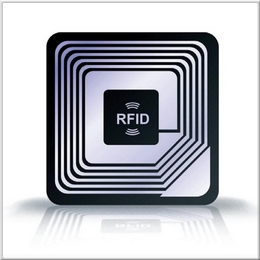
The reading of a radio label follows 3 steps:
- an RFID transmitter (badge reader, supermarket security gate) transmits magnetic waves,
- The antenna of the radio tag picks up these waves providing energy to the electronic chip,
- The energy supply activates the chip and allows the data stored on it to flow.
Thanks to its thickness of a few millimetres, its negligible weight and its very low production cost, the RFID tag has become widespread in many fields, including access badges.
Did you know that?
RFID technology is not only about objects, but also about living things. Indeed, domestic carnivores such as dogs and cats are now fitted with an RFID identifier implanted under the skin; this is the law in many countries such as France.
The beginnings of the RFID access badge
The use of RFID-enabled badges began in the 1970s. It is still a very limited technology, only used for access control in sensitive military areas such as the nuclear industry.
Its use increased in the 1980s and 1990s with the development of passive radio tags.
>> Read also: DOSSIER The different RFID badge formats
This technology means that no power source is embedded in the badges and therefore production and maintenance costs are considerably reduced.
Until the mid-1990s, RFID badges operated on a low frequency of 125 KHz.
These models, which are still widely used today, contain a unique identifier, usually 96 or 128 bits long, which cannot be modified (called WORM for write once read many).
At this frequency, the badge operates at a short distance of about 50cm and the data transfer rate is low (1kb/s).
MIFARE technology
1994 marked the beginning of a new era for the RFID badge with the arrival of the first MIFARE badge, operating at high frequency(13.56 MHz)
The MIFARE revolution
MIFARE technology was developed by the semiconductor division of Philips, which became NXP Semiconductors in 2006.
In 1994, MIFARE Classic 1k contactless technology was introduced.
This is a real revolution in the field of access control for several reasons:
- Firstly, this technology operates at a frequency of 13.56MHz. The high frequency allows a data transfer rate of 25 kb/s and a short reading distance (a few centimetres). The higher data rate allows for greater capacity as well as the integration of more advanced features such as data encryption.
- Secondly, MIFARE-enabled badges can contain a range of data rather than a unique identifier. In addition, the data can be read as well as written.
The different models of MIFARE cards
MIFARE Classic
This is the first model of MIFARE card with a capacity of 1kb or 4kb.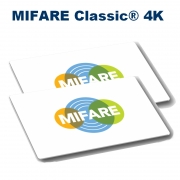
The memory is based on hardwired logic and is partitioned into segments and then into data blocks with an identification mechanism for security.
The security system was "broken" in 2008 and NXP advises against its use for sensitive data.
Its simplicity makes it a very inexpensive product that can be used as a canteen card in schools or for time management in companies (badgeuse)
MIFARE Ultralight
The MIFARE Ultralight card is a simplified version of the Classic range. It does not have a security system and has a storage capacity of only 64 bytes.
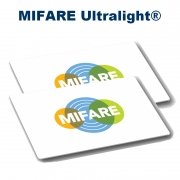
This model is the cheapest in the MIFARE range and is mainly used as a disposable ticket.
MIFARE SmartMX
MIFARE SmartMX RFID badges are an evolution of the MIFARE Classic models offering an additional level of security.
The card has a built-in microprocessor for fast cryptographic calculations.
This card can be used in almost all areas of access control but is preferred for applications requiring a higher level of security.
MIFARE DESFire
DESFire technology is based on the SmartMX platform.
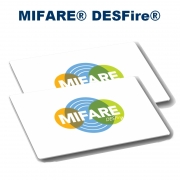
It therefore has a microprocessor and a cryptographic coprocessor.
The card is pre-programmed with the DESFire operating system, which offers many more functions than Classic badges.
It introduces a new storage method that allows the user to format it as they wish.
This model is available with storage capacities of 2kb, 4kb and 8kb.
There are currently two versions of MIFARE DESFire, EV1 and EV2.
The EV2 version offers superior data security, more flexible key and file management and the removal of the application limit.
MIFARE Plus
This badge features DESFire technology and is compatible with MIFARE Classic technology.

Its objective is to facilitate the transition from Classic models that are considered too vulnerable to DESFire models.
The uses
RFID cards have been part of our daily lives for almost 20 years now!
We don't notice them, but we would be hard pressed to do without them today.
Let's take a look at a small (non-exhaustive) reminder of the most common uses of RFID badges.
- Transport cards
- Contactless payment
- Access management (physical and logical)
- Electronic passports
- E-wallets
- Car park access cards
- printing and photocopying systems
For more information on RFID badges, MIFARE technology, or RFID readers/encoders, contact our consultants at ELLIADEN, the badge specialist for over 12 years.
